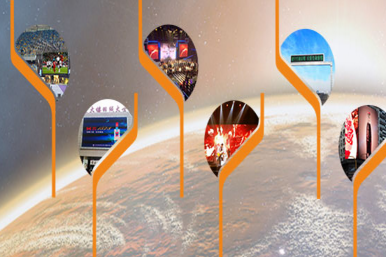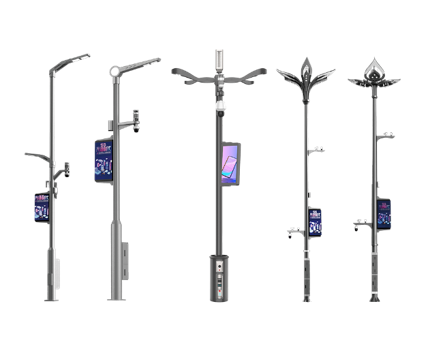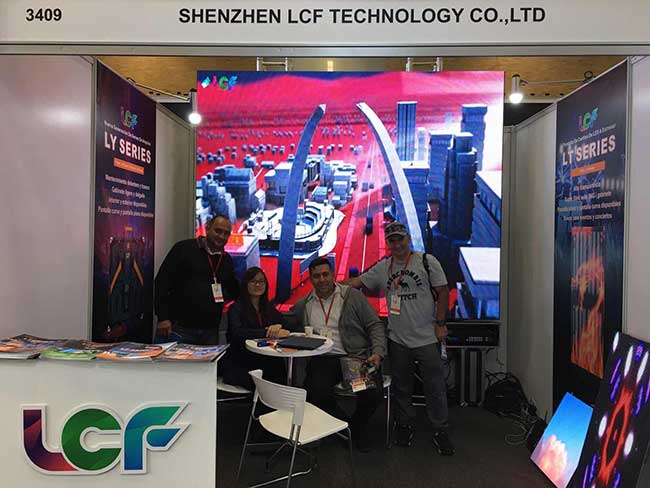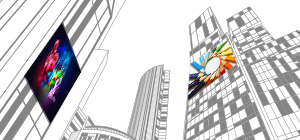Publisher: Supplier of LED Display Time: 2017-08-10 11:56 Views: 4384
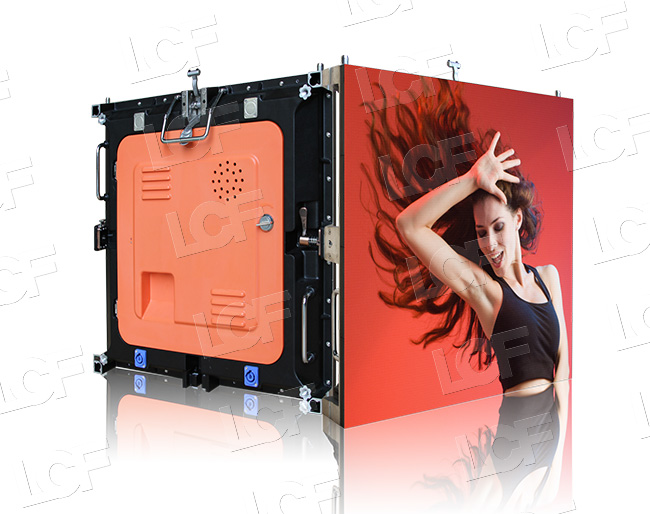
Why are LED displays so popular in the market today? This has to start from its characteristics. The LED display's good clarity, true color performance and excellent compatibility will bring users a perfect shock and unforgettable visual feast.
The wide application of LED displays is a good example in the digital signage industry. The previous digital signage has not adapted to the needs of the current market. In order to better stand out in the advertising and marketing industry and maximize the performance of the company, digital signage companies have used LED displays to replace the old-fashioned advertising equipment. This has become a reality in the entire industry. The main consensus.
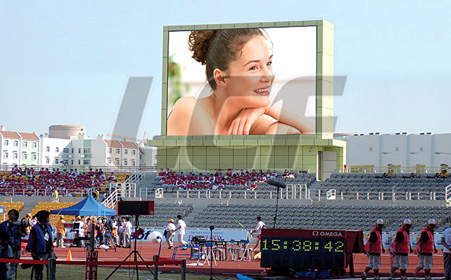
Attracting the audience's attention, delivering content as expected, clear picture effects, and maximizing participation time are the core requirements of LED signage. Instead of traditional signage equipment, LED display screens can fully meet this core demand. Mastering the following three core functions can make significant improvements in optimizing content, ultimately achieving precision marketing and expanding participation, while maximizing return on investment.
1. Dynamic peak value to achieve the best content brightness. It is very important for indoor environment to be able to display eye-catching content at any time. Versatility can help the display overcome potential content distortion caused by low grayscale or unfavorable natural and ambient light operation. Therefore, dynamic peak technology has become an important indicator of LED performance. This innovative feature can overcome this consistency barrier and amplify the brightness of the content regardless of the surrounding environment. Through this technology, the peak brightness of the LED display can reach twice the peak brightness of the known LED. Even under a white or dark background, this technology can make the LED screen generate bright and consistent content.
2. Color management, display accurate and true content. Modern LED displays provide a wider RGB color gamut than LCDs, which brings better picture quality performance. However, some LED products are difficult to adapt to such a wide color gamut, resulting in fuzzy or over-saturated tones. Therefore, skin tones may become reddish on this type of affected display. To overcome these differences, any display needs to include comprehensive color management functions. Color management uses a proprietary algorithm to maintain higher accuracy even in the case of low gray levels, thereby ensuring consistent RGB grayscale and color display. Eliminating this red hue can truly reflect people's skin color, which is very important for video conferences, promotions and performances of models or actors. In addition, the color management function is easy to customize and activate. Users can select, store and deploy the color tones that best suit the needs of unique brands and content in the native RGB color gamut. This is conducive to museums, corporate facilities, news studios, etc., where the brand needs to be quickly presented with the highest definition on multiple screens.
3. Scene adaptive HDR, enhance audience participation. Any LED display must display content in a consistent manner to be effective. Unfortunately, the changes in gray level and brightness can make it very difficult to achieve. Scene-adaptive HDR technology, which can identify and adjust differences to ensure continuous uniformity, is another feature worthy of attention. It is based on several components to ensure high universal contrast while achieving peak brightness in an audience-friendly manner. Specifically, the proprietary anti-tone mapping algorithm can improve the contrast in each content scene to adapt to the overall size of the display and the brightness of the featured content. Similarly, modern scene-adaptive HDR technology also includes a complementary anti-glare function that allows the viewer's eyes to adjust as the screen brightness level changes. In some environments, the viewer’s eyes may be difficult to adjust because the content reaches its peak brightness. With this gap, viewers may experience discomfort and may see content added in white or gray. The anti-glare function can reduce the brightness of other areas when the peak brightness of the target area rises, thereby bringing a more comfortable look and feel, especially the comfort of long-term viewing.
The above are the three core elements of the popular LED display screen shared by the editor of Lianchengfa (http://www.lcf-led.cn/). I hope it will be helpful to everyone.

